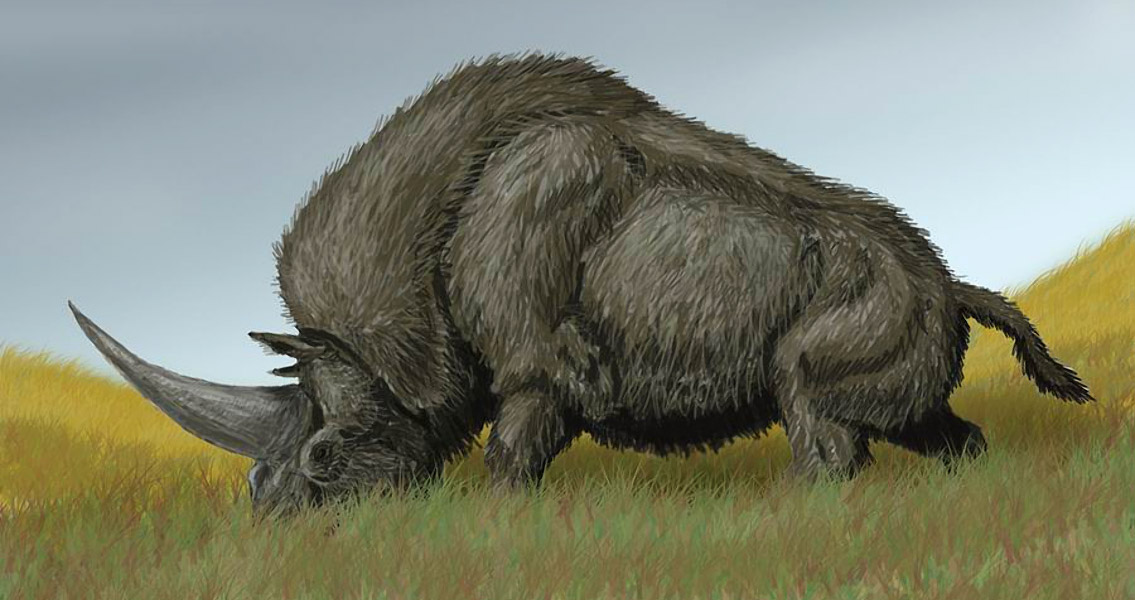<![CDATA[The Elasmotherium rhinoceros, (Elasmotherium sibiricum) also known as the "Siberian Unicorn", was believed to have gone extinct 350,000 years ago. Now, researchers from Tomsk State University (TSU) have discovered fossils which put the ancient mammal in Kazakhstan 29,000 years ago. It’s believed that Western Siberia proved to be a refuge for the rhino, where it was able to migrate and survive longer than other related rhinos. This conclusion by Andrey Shpanski, a paleontologist at TSU, as reported in the American Journal of Applied Science, was reached after the analysis of the rhinoceros’ skull which was discovered in the Pavlodar region of Kazakhstan, close to the village of Kozhamzhar. The skull that researchers recovered in Kazakhstan is well preserved with some cracking but no hint of exfoliation or gnawing. It was examined at the 14CHRONO Centre for Climate, the Environment, and Chronology which is part of the School of Geography, Archaeology and Palaeoecology at Queen's University Belfast (U.K.). Experts examined the fossils using radiocarbon AMS-method analysis and discovered the animal died 29,000 years ago. The fossils appeared to be from a very large animal, possibly male, with dimensions making it one of the biggest Siberian rhinoceros on record. Elasmotherium, which translates as “Thin Plate Beast”, was a giant rhinoceros endemic to Eurasia from the Late Pliocene epoch through the Pleistocene epoch. Three separate species are recognized, the best known however, is E. sibiricum, which was as big as a mammoth and was believed to have had a large horn on its forehead. The horn may have been used for defense – driving away competitors, attracting mates, digging for plant and water roots, and sweeping snow away from grass in the winter. Elasmotheres were herbivores, like all rhinoceroses. Unlike others however, its high-crowned molars were constantly growing and it had longer legs than those found on other rhinos, which had been adapted for galloping, giving it a gait similar to that of a horse. Presumed to have died off around 350,000 years ago the Elasmotherium rhinoceros roamed the vast territory between the Don River and east of what is now modern Kazakhstan. Residual Elasmotherium findings in Pavlodar Irtysh indicate a significant period of habitation by these rhinos in the southeast region of the West Siberian Plain. The researchers are now planning to complete mass radiocarbon studies of other mammalian remains which have previously been presumed to have gone extinct between 50,000 and 100,000 years ago. “Our research makes adjustments in the understanding of the environmental conditions in the geologic time in general. Understanding of the past allows us to make more accurate predictions about natural processes in the near future—it also concerns climate change,” Shpanski said in the American Journal of Applied Science ]]>
Date of Siberian Unicorn’s Extinction Later Than Thought?
